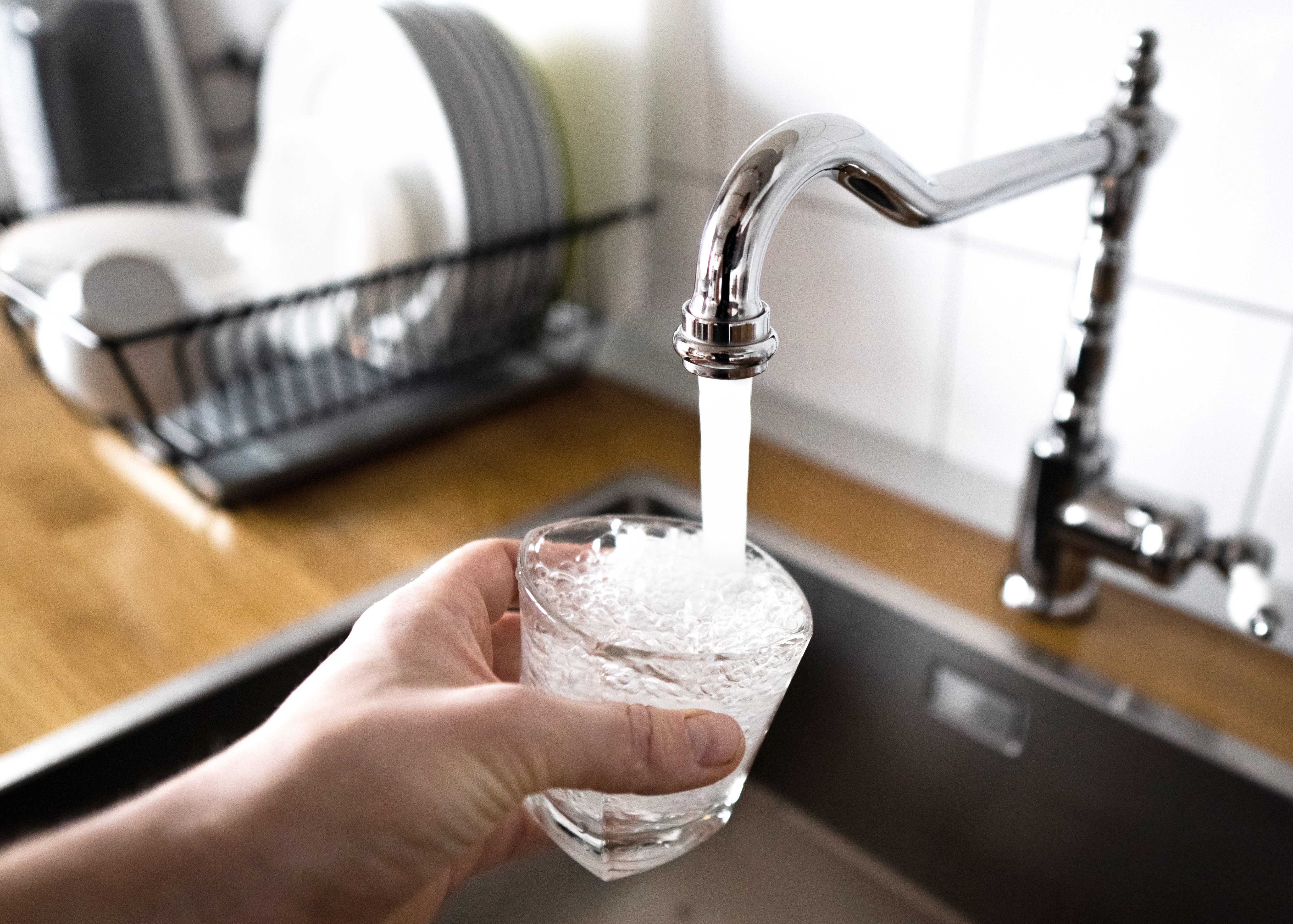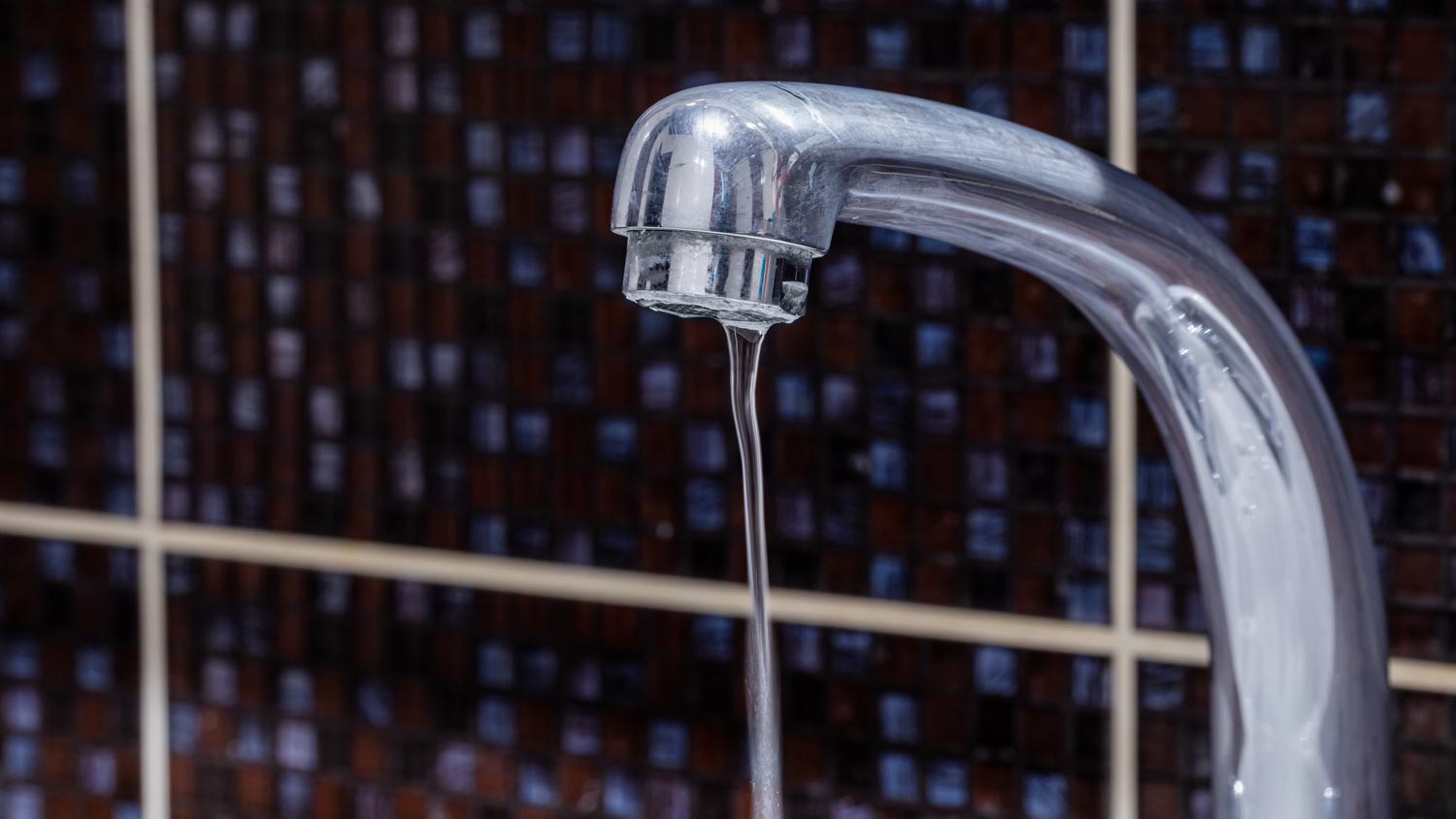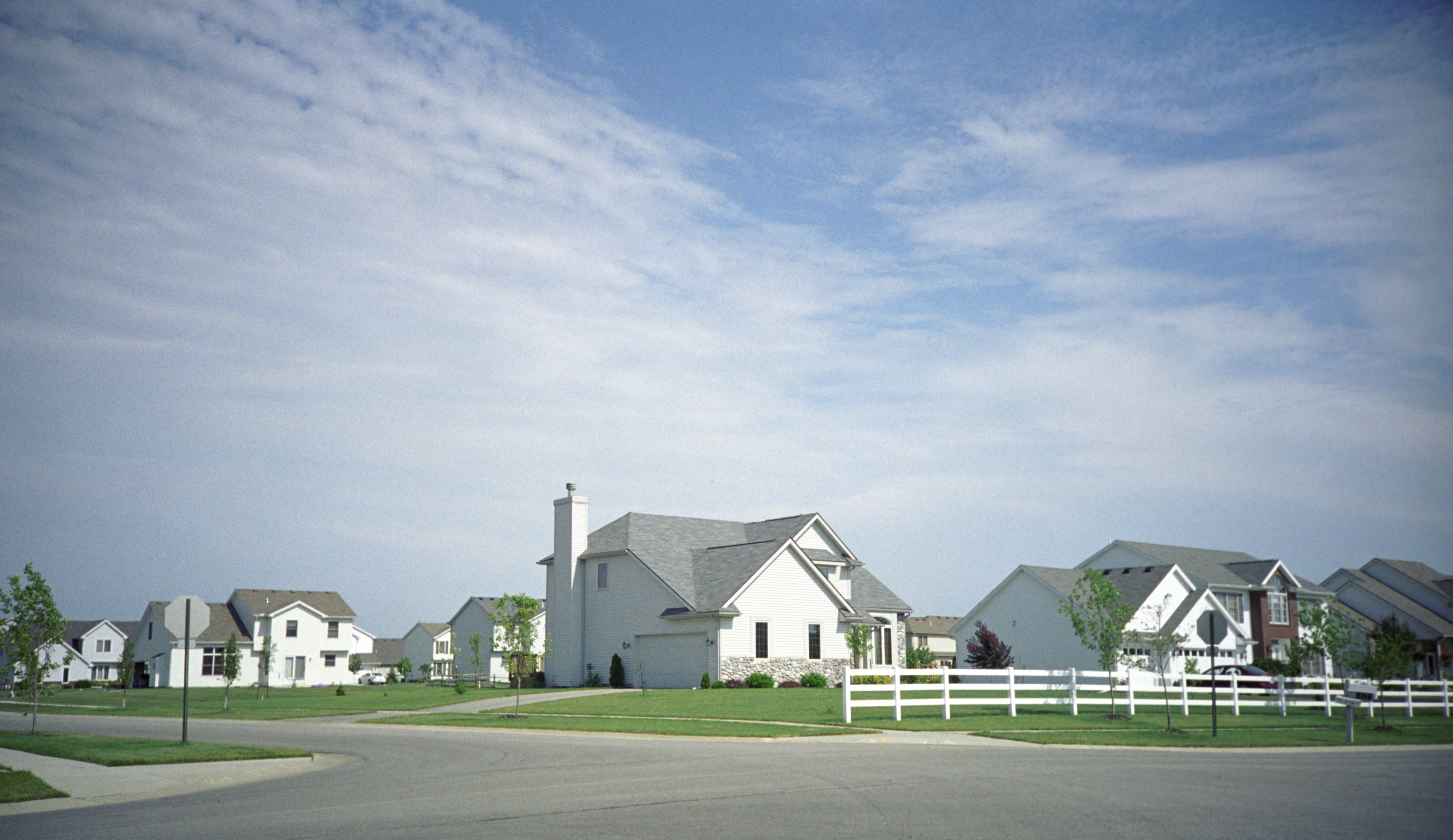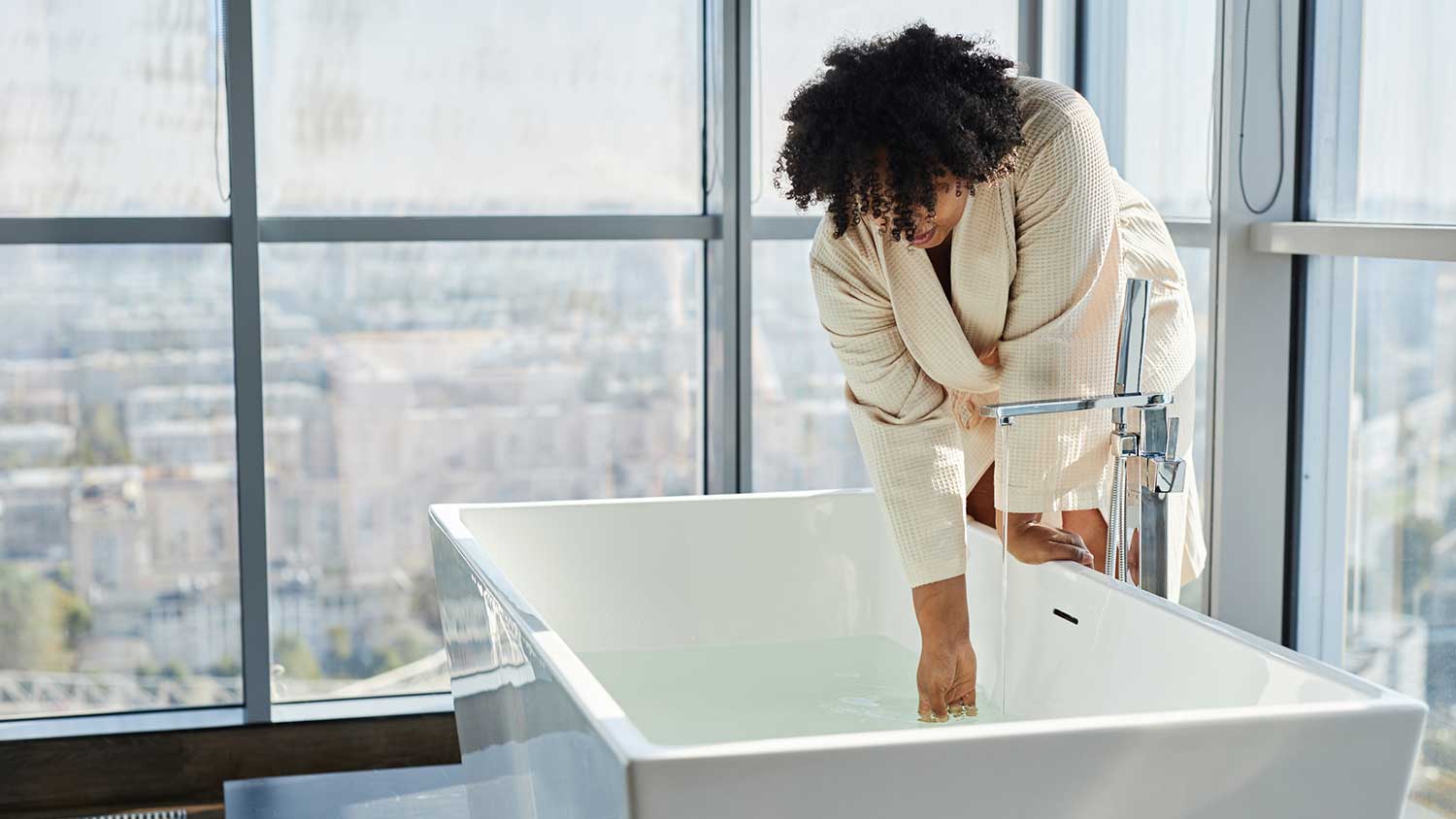
Learn about main water line repair costs in Columbus and what affects pricing to be prepared before you start getting estimates.
Once you know how, fixing these problems shouldn’t be too hard
.jpg)
.jpg)
Hard water is changed to soft water with the addition of sodium-rich water.
Softeners comprise two tanks, with most problems occurring in the larger one.
Check your tank first, then the water lines leading to it.
Don’t rule out problems with electronic components.
Issues with the softener rarely require a full replacement.
A water softener is a luxury for some and a necessity for others, but no matter why you have one, it shouldn’t be full of water. Read on and learn what causes this problem (and how you can fix it). Be aware, though, that not many long-term solutions are necessarily good DIY projects, and you’ll need to call a pro.
Leaks are a common problem with water softener systems. There are multiple tanks, lines, and pressure elements in softeners, which can all be points of failure. Leaks may not be as obvious as a pool of water on the floor, so check for any moisture at pipe junctions as well—even a small drip can cause water to build up in the tank.
Seal leaky joints or degrading seals.
Any damaged valve or tank should be replaced.
If you can’t find a water leak, try the soapy water method.
The brine drain removes excess water from the brine tank after it has been flushed with sodium-rich water during a process called regeneration. If the drain is malfunctioning due to a blockage, broken valve, or a clogged or kinked line, water will pool in the tank. Most brine drain issues are caused by issues with the hose, mostly kinks and obstructions in the line.
Inspect the drain for blockages or buildup of salt crystals.
You will need to clean a blockage without damaging the system. There are products for this, but having a professional do it will yield better results.
Straighten bent hoses.
If the drain valve is malfunctioning, replace it.
Flush the brine drain line thoroughly.
Most units have a safety float that tells the system when it’s full of water and instructs it to begin draining. There are tons of minerals present in softener systems, which means excess buildup is common. This often causes the safety float to stick, preventing the water from activating it.
Remove all salt or mineral buildup around the float.
Replace the float if necessary (it isn’t expensive).
Make sure the assembly the float connects to is in good condition.
Test the float with your hand before using the system.

Several things can cause low water pressure in your home, which can prevent your water softener system from drawing adequate water, leading to malfunctions. Water pressure issues can come from outside of the system (more common) or due to small blockages in the inlet valve of the softener (less common). You may notice this problem in other parts of the home, like the kitchen sink or shower. Wait 24 hours, and if it isn’t better, call your city, then call a pro.
Wait 24 hours to see if the problem is municipal. Cities often fix this quickly.
If the problem persists, call your city and ask if it’s a local problem.
Call a pro to find the cause of the low pressure.
When softeners are installed, new lines are sometimes added to the system. These new lines are not always as weather-resistant as more substantial pipes and can freeze during cold snaps. The brine drain may freeze, the inlet line may freeze, or another section of your home’s existing plumbing might fill with ice.
Make sure all pipes are properly insulated.
Use heat tape on problematic lines.
Call a pro to help defrost the lines and prevent damage.

Most softeners have electronic components that can malfunction for several reasons: liquid contact, pests chewing through wires, etc. Sensors, timers, and control boards can all fail, and since most people don’t have advanced electronics experience, these problems can be tough to diagnose. If you suspect there is any electronic issue, it’s best to call a pro.
Try cycling the power to the softener.
If this doesn’t work, call a pro. Electronic fixes for expensive appliances are not DIY-friendly.
Knowing when to call a local plumbing repair pro is an important piece of this puzzle. If the solution isn’t simple—like defrosting a pipe or fixing a float—we recommend calling a pro. Softeners aren’t cheap, and you don’t want to risk damaging the system. Keep in mind that performing your own maintenance, no matter how minimal, may void your warranty entirely.
From average costs to expert advice, get all the answers you need to get your job done.

Learn about main water line repair costs in Columbus and what affects pricing to be prepared before you start getting estimates.

Discover the leading factors affecting your main water line replacement cost in Columbus, including length, material selection, and installation details.

Learn how much plumbers cost in Columbus, Ohio. Discover pricing for faucet repairs, pipe work, and emergency services, plus how you can save money.

Most homeowners will eventually need to replace bathroom hardware. This guide breaks down bathtub faucet installation costs, so you can upgrade your bathroom.

Read how to properly vent your toilet, sink, and shower and learn the importance of effective plumbing ventilation to ensure a well-functioning and odor-free bathroom.

Read these 9 tips for inspiration on how to reduce your toilet’s water usage